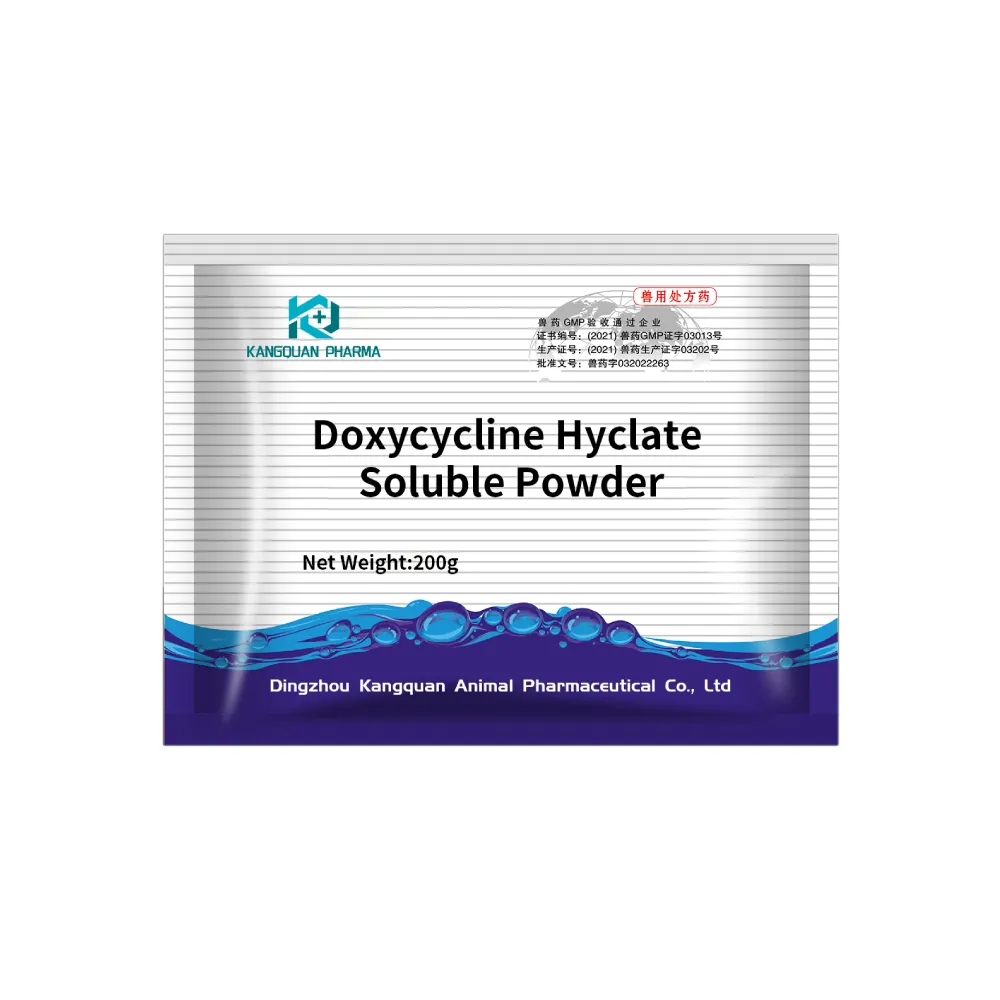- Afrikaans
- Albanian
- Amharic
- Arabic
- Armenian
- Azerbaijani
- Basque
- Belarusian
- Bengali
- Bosnian
- Bulgarian
- Catalan
- Cebuano
- Corsican
- Croatian
- Czech
- Danish
- Dutch
- English
- Esperanto
- Estonian
- Finnish
- French
- Frisian
- Galician
- Georgian
- German
- Greek
- Gujarati
- Haitian Creole
- hausa
- hawaiian
- Hebrew
- Hindi
- Miao
- Hungarian
- Icelandic
- igbo
- Indonesian
- irish
- Italian
- Japanese
- Javanese
- Kannada
- kazakh
- Khmer
- Rwandese
- Korean
- Kurdish
- Kyrgyz
- Lao
- Latin
- Latvian
- Lithuanian
- Luxembourgish
- Macedonian
- Malgashi
- Malay
- Malayalam
- Maltese
- Maori
- Marathi
- Mongolian
- Myanmar
- Nepali
- Norwegian
- Norwegian
- Occitan
- Pashto
- Persian
- Polish
- Portuguese
- Punjabi
- Romanian
- Russian
- Samoan
- Scottish Gaelic
- Serbian
- Sesotho
- Shona
- Sindhi
- Sinhala
- Slovak
- Slovenian
- Somali
- Spanish
- Sundanese
- Swahili
- Swedish
- Tagalog
- Tajik
- Tamil
- Tatar
- Telugu
- Thai
- Turkish
- Turkmen
- Ukrainian
- Urdu
- Uighur
- Uzbek
- Vietnamese
- Welsh
- Bantu
- Yiddish
- Yoruba
- Zulu
10 月 . 17, 2024 13:18 Back to list
antipyretic paracetamol
The Role of Paracetamol as an Antipyretic
Paracetamol, also known as acetaminophen, is one of the most commonly used medications worldwide. Renowned for its analgesic (pain-relieving) and antipyretic (fever-reducing) properties, paracetamol plays a crucial role in both over-the-counter and prescription medications. This article will delve into its mechanism of action, applications, potential side effects, and guidelines for safe use.
Mechanism of Action
Paracetamol acts primarily in the brain, where it is believed to inhibit the cyclooxygenase (COX) enzymes, which are involved in the synthesis of prostaglandins. Prostaglandins are compounds that promote inflammation, pain, and fever. By reducing the production of these substances, paracetamol effectively lowers elevated body temperature and alleviates pain. Unlike non-steroidal anti-inflammatory drugs (NSAIDs), paracetamol has minimal anti-inflammatory properties, making it a preferred choice for individuals who may have gastrointestinal issues or those who are unable to tolerate NSAIDs.
Applications
Paracetamol is widely used for the treatment of mild to moderate pain and for reducing fever. It is often recommended for a variety of conditions, including headaches, toothaches, muscle aches, arthritis, backaches, and colds. For children, paracetamol is frequently employed to manage fever and discomfort associated with vaccinations, teething, and viral infections. Its safety and effectiveness in pediatric populations have made it a staple in family medicine cabinets.
Additionally, paracetamol's accessibility is a significant advantage. It is available in various formulations, including tablets, capsules, liquid syrups, and effervescent powders. This versatility allows healthcare providers to tailor treatments based on patient needs and preferences, ensuring that relief is both effective and convenient.
Potential Side Effects
Although paracetamol is generally considered safe when used as directed, misuse can lead to severe consequences, most notably liver damage. The risk increases significantly when higher-than-recommended doses are taken or when consumed in conjunction with alcohol. Symptoms of overdose may not be evident immediately, which can result in delayed treatment and potentially fatal outcomes.
antipyretic paracetamol

To mitigate these risks, individuals should be mindful of the total daily intake of paracetamol, especially when using multiple medications that contain the drug. Common combinations in cold and flu medications can easily lead to unintentional overdose if not monitored carefully.
Guidelines for Safe Use
To safely use paracetamol, adhere to the following guidelines
1. Dosage Always follow the recommended dosage on the packaging or as prescribed by a healthcare provider. For adults, the maximum dose is generally 4000 mg per day, while for children, the dose depends on their weight and age. 2. Avoid Alcohol Limit or avoid alcohol consumption while taking paracetamol, as both substances are processed by the liver and can amplify the risk of liver damage.
3. Read Labels Check labels on all medications used to ensure no duplicate dosing of paracetamol is occurring, especially when taking combination medications for cold and flu symptoms.
4. Consult Healthcare Professionals If you have underlying health conditions, such as liver disease, or if you are pregnant or breastfeeding, consult a healthcare professional before using paracetamol.
5. Seek Immediate Help for Overdose If an overdose is suspected, seek emergency medical attention immediately, even if symptoms are not present.
Conclusion
Paracetamol stands out as a vital therapeutic agent in the management of pain and fever. Its efficacy, safety profile, and ease of accessibility make it a first-line medication for millions globally. However, awareness of its potential risks and adherence to safety guidelines are paramount for preventing adverse effects. By understanding how to use paracetamol responsibly, individuals can benefit from its therapeutic properties while minimizing risk, ensuring it remains a trusted tool in public health and medicine.
-
The Power of Radix Isatidis Extract for Your Health and Wellness
NewsOct.29,2024
-
Neomycin Sulfate Soluble Powder: A Versatile Solution for Pet Health
NewsOct.29,2024
-
Lincomycin Hydrochloride Soluble Powder – The Essential Solution
NewsOct.29,2024
-
Garamycin Gentamicin Sulfate for Effective Infection Control
NewsOct.29,2024
-
Doxycycline Hyclate Soluble Powder: Your Antibiotic Needs
NewsOct.29,2024
-
Tilmicosin Premix: The Ultimate Solution for Poultry Health
NewsOct.29,2024













